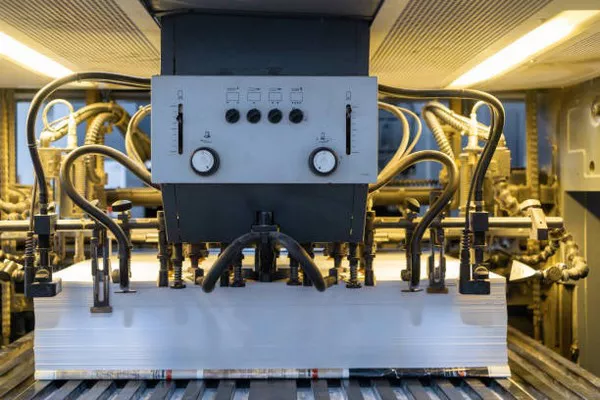Diesel generators play a crucial role in providing reliable and efficient backup power in various industries, ranging from hospitals and data centers to remote construction sites. These robust machines are designed to convert diesel fuel into electrical energy through a systematic process. In this article, we will delve into the intricate workings of diesel generators, exploring the key components and the sequential steps involved in transforming diesel fuel into electricity.
Components of a Diesel Generator:
Engine:
At the heart of every diesel generator is a powerful internal combustion engine. These engines are specifically designed to run on diesel fuel, utilizing the compression-ignition principle. Diesel engines are renowned for their durability and efficiency, making them the preferred choice for generators.
Generator or Alternator:
The generator, often referred to as an alternator in this context, is responsible for converting the mechanical energy generated by the diesel engine into electrical energy. It consists of a rotor and a stator, with the former connected to the engine and the latter stationary. As the engine turns the rotor, it induces a magnetic field in the stator, thereby producing electricity.
Fuel System:
The fuel system is a critical component that ensures the diesel engine receives the appropriate amount of fuel for combustion. This system typically includes a fuel tank, a fuel pump, and fuel injectors. The fuel pump draws diesel from the tank and delivers it to the injectors, where it is atomized and mixed with air before entering the engine cylinders.
Cooling System:
Diesel engines generate a significant amount of heat during operation, and a cooling system is essential to prevent overheating. This system usually includes a radiator and a cooling fan, working together to dissipate excess heat and maintain optimal operating temperatures.
Exhaust System:
The exhaust system is responsible for safely removing the byproducts of combustion, such as carbon dioxide and nitrogen oxides, from the engine. A muffler is often included to minimize noise generated during the exhaust process.
Working Principle of a Diesel Generator:
The operation of a diesel generator can be broken down into several key steps, showcasing the synchronized efforts of its various components:
Air Intake:
The process begins with the intake of air into the diesel engine. The air is then compressed within the cylinders, increasing its temperature and pressure.
Fuel Injection:
Diesel fuel is injected into the compressed air in the cylinders. The high pressure and temperature cause the diesel fuel to ignite spontaneously, a phenomenon known as compression ignition. This controlled explosion forces the piston downward, turning the crankshaft and generating mechanical energy.
Mechanical Energy to Electrical Energy:
The rotating crankshaft is connected to the rotor of the generator or alternator. As the crankshaft turns, it drives the rotor, inducing a magnetic field in the stator. This interaction between the rotor and stator results in the generation of electrical energy.
Voltage Regulation:
Voltage regulation is a critical aspect of diesel generators to ensure a stable and reliable power output. Voltage regulators are employed to control the amount of electrical voltage produced, maintaining it within acceptable limits.
Cooling and Exhaust:
Throughout this process, the cooling system works to dissipate the heat produced by combustion. Simultaneously, the exhaust system removes the byproducts of combustion, ensuring the generator operates efficiently and safely.
See Also How Does A Power Generator Work? A Comprehensive Overview
Conclusion:
Diesel generators provide a dependable and efficient source of backup power in diverse applications. Their robust design, coupled with the reliable combustion process of diesel fuel, makes them a popular choice in situations where a consistent power supply is paramount. Understanding the intricacies of how a diesel generator works allows for better appreciation of its reliability and the role it plays in ensuring uninterrupted power for critical operations. As technology advances, diesel generators continue to evolve, incorporating innovations that enhance efficiency, reduce emissions, and contribute to a more sustainable energy landscape.

